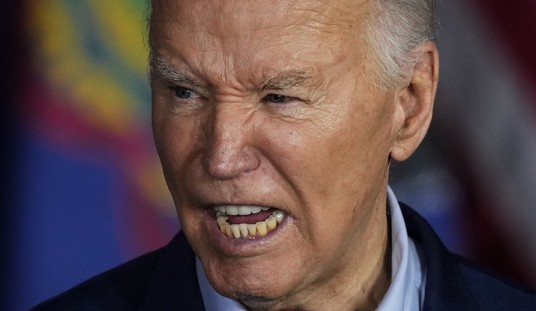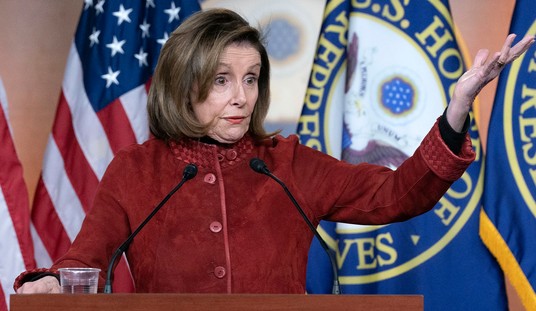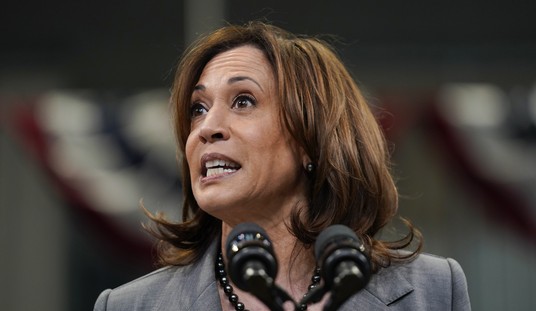
As a conservative Republican, I don’t have many hard choices come the general election. I voted for Rob Astorino for Governor, a worthy choice who deserved better than the thrashing he’s going to get at the hands of Andrew Cuomo, and for the GOP nominee for State Comptroller. There was no Republican nominee at all for Congress, State Senate or State Assembly – a particularly awful failure given that we had a Republican State Senator as recently as 2012 and the prior Republican, defeated in 2008, had been in office for over three decades. I wrote in Dick Cheney for Congress in protest, but tossed one token vote to the unopposed Democrat in the State Assembly race.
The ballot questions were another matter. Question 2 allows state legislators to read an electronic version of bills before voting, replacing a State Constitutional provision requiring that they be printed at their desks; while I appreciate the sentiment behind the original rule, I voted Yes. Question 3 borrows 2 billion dollars to put internet in schools, which I view as a waste of money better spent teaching kids the basics, so I voted No.
But Question 1 was a harder choice, and I went back and forth before making the final decision in the ballot box to vote Yes. Here’s Question 1, the purpose of which is to create a commission to do redistricting :
The proposed amendment to sections 4 and 5 and addition of new section 5-b to Article 3 of the State Constitution revises the redistricting procedure for state legislative and congressional districts. The proposed amendment establishes a redistricting commission every 10 years beginning in 2020, with two members appointed by each of the four legislative leaders and two members selected by the eight legislative appointees; prohibits legislators and other elected officials from serving as commissioners; establishes principles to be used in creating districts; requires the commission to hold public hearings on proposed redistricting plans; subjects the commission’s redistricting plan to legislative enactment; provides that the legislature may only amend the redistricting plan according to the established principles if the commission’s plan is rejected twice by the legislature; provides for expedited court review of a challenged redistricting plan; and provides for funding and bipartisan staff to work for the commission. Shall the proposed amendment be approved?”
There are arguments both principled and self-interested for both the Yes and No positions. One principled case for No is the separation of powers argument that legislators should not be able to hide behind putatively bipartisan unelected commissions to do their dirty work (this is not an absolute, however; the base-closing commissions of the 1990s did good work that Congress could never bring itself to do). Another is that gerrymandering is, after all, a traditional part of the hurly-burly of democracy (named after our fifth Vice President, Elbridge Gerry, a signer of both the Declaration of Independence and the Constitution and also an arch-partisan Massachusetts Democrat). A third is that these kinds of things should not be locked into the state Constitution. The principled case for Yes is that gerrymandering is, after all, not an especially healthy feature of our system (although the Voting Rights Act makes it impossible to abolish), and Albany is famously corrupt and untrustworthy and in need of more competitive elections and fewer incumbent-protecting deals; that the legislature will remain ultimately accountable; and that after all, voters never hold legislators accountable over redistricting votes.
The practical, self-interested case is that Republicans are never likely to dominate Albany – we’ll have a Republican governor again sooner or later, but it could be a while, the GOP’s position in the State Senate remains tenuous, and the Democrats permanently dominate the State Assembly, so any system that preserves a shot for Republicans at not having a one-sided Democratic gerrymander is a plus (in point of fact, the current map is not that bad, although that’s partly a feature of the fact that you can’t plausibly draw districts that put Manhattan liberals in far Upstate districts). Then you look at the endorsements – the Conservative Party of New York and Governor Cuomo are supporting the measure, neither of which is an especially reassuring sign (although a major reason why progressives hate Cuomo is that he prefers to work with a GOP State Senate rather than try to destroy them in open partisan warfare), but the opponents include Common Cause, NYPIRG, the NAACP and the New York City Council’s Progressive Caucus, and the New York Times has editorialized against it:
Proposal One is a constitutional amendment to revise the state’s redistricting procedure. This is a phony reform that purports to establish a new system of drawing legislative districts. Legislative leaders would appoint a committee charged with drawing new districts. If the legislators don’t like the first two tries, they can draw the districts themselves. The net result would be to reinforce, not reform, a system that virtually guarantees job security for incumbents and discourages competition. State Senator Liz Krueger, a Democrat from Manhattan, is correct when she calls it “a sneaky attempt to maintain power.” Vote no on Proposal One.
The fact that progressives are against the measure – and there seems to be no conservative or Republican opposition of note – tells me in practical terms who would benefit from defeating it. Given that both Yes and No votes are defensible on principle, I’ll stick with voting for what appears to be the case for partisan self-interest, and that’s a Yes.













Join the conversation as a VIP Member